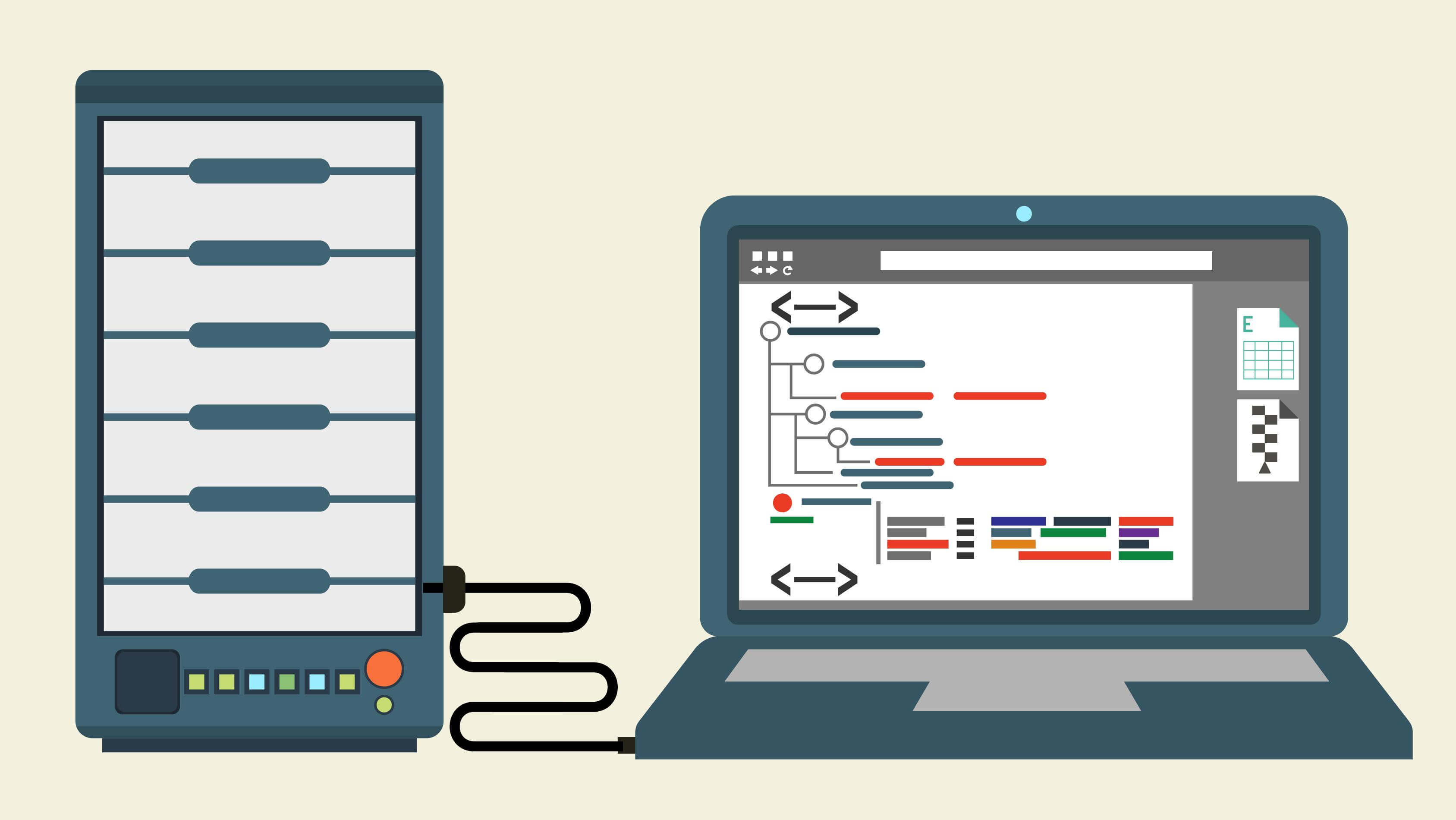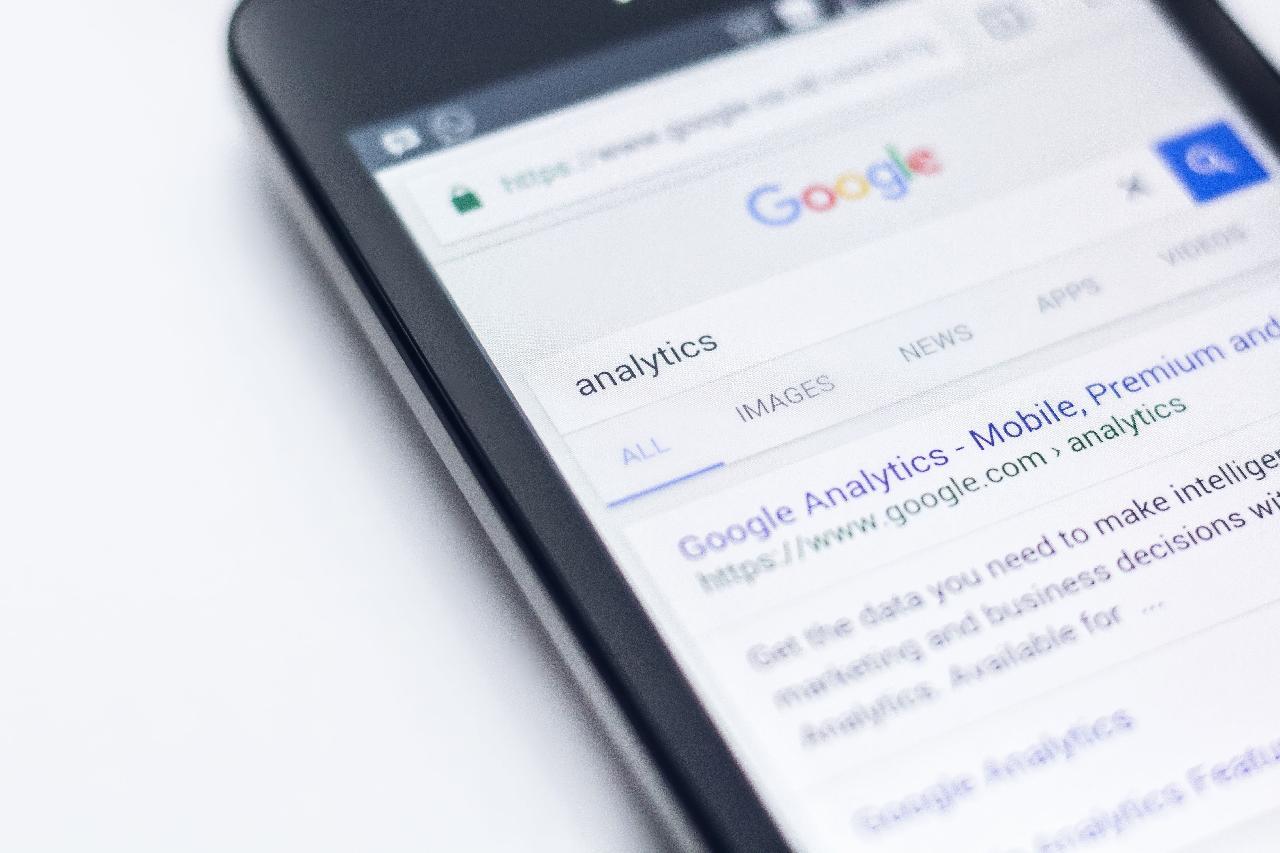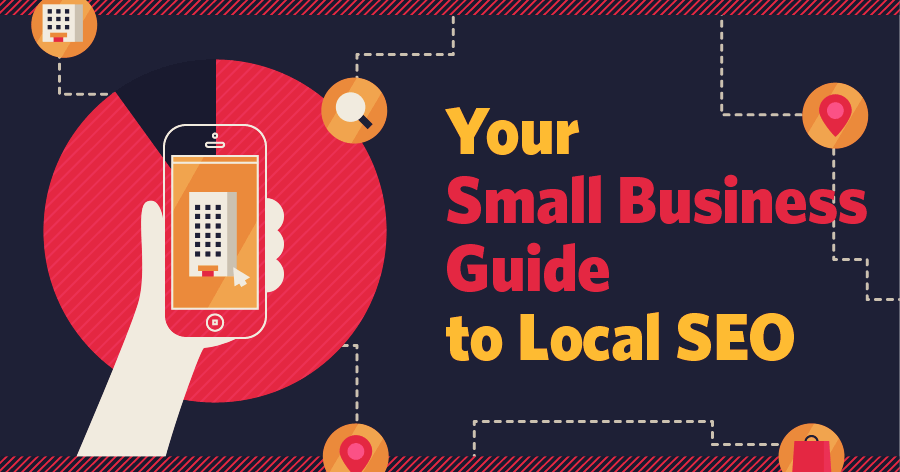There is a simple rule many marketers follow. While it may seem a bit insensitive, for all intents and purposes, it is generally true. What is that rule?
MPABS – Most People Are Basically Stupid
While this may be funny and perhaps a bit silly, it can also be quite useful.
Organic Search Engine Position isn’t Everything
Most people conduct a search and automatically believe that the websites in the top spots have achieved the best SEO campaign. However, the goal should not be to get to the top of the search engine results page (SERP). Top website design companies advise that the goal of any business should be to encourage people to visit your website and take the desired action.
Put simply – the goal is to convert visitors to actual paying customers.
This is why using web analytics data, instead of the web positioning data to determine CTAs is so effective.
Regardless of the search behavior – scanning, browsing, querying, etc. – the ultimate goal of any website owner is to get visitors to take a certain action.
Website Design and CTAs
When developing a website, one of the first things to consider after SEO friendly web design is the call to action, or CTA. This may seem like a backwards way to do things, but when you know what you want a customer to do on a specific page, you can make all the content, images and the actual CTAs point to that desired action.
When creating your primary CTA, such as “add to cart” there are quite a few factors that need to be kept in mind:
- Place the CTA in the center of the page
- Be sure it is above the fold
- Format the CTA in a different color or with different graphics
The goal of the CTA should be to draw attention to it without seeming obnoxious. There should not be any issue when it comes to determining what or where the CTA is.
However, if you have a visitor who is not quite ready to “add to cart” or take the other displayed action, then they may have to return to the gallery or category page. Forcing a customer to do this will reduce the chances that the product will actually be purchased.
The solution?
A secondary CTA. These will prevent backtracking and they will communicate to search engines that all the pages on the site are important.
An example of a secondary call to action is to place other options in the sidebar of the product being offered. These images will not be as prominent; however, they should be present to provide options for the shopper.
Another type of secondary CTA is an up-sell. These are typically near the main product and provide some type of enhancement.
Helpful Tip: Consider testing your CTA. For example, the 8-10 second usability test will let participants see the page and then you ask them what the main goal of the page is. If they do not answer with the primary CTA then it is too subtle.
If someone is trying to leave the site, it is a good idea to offer them a one-time, high-value CTA – free shipping, discount or other incentive. This can encourage a sale and help them convert now, rather than leaving the site.








